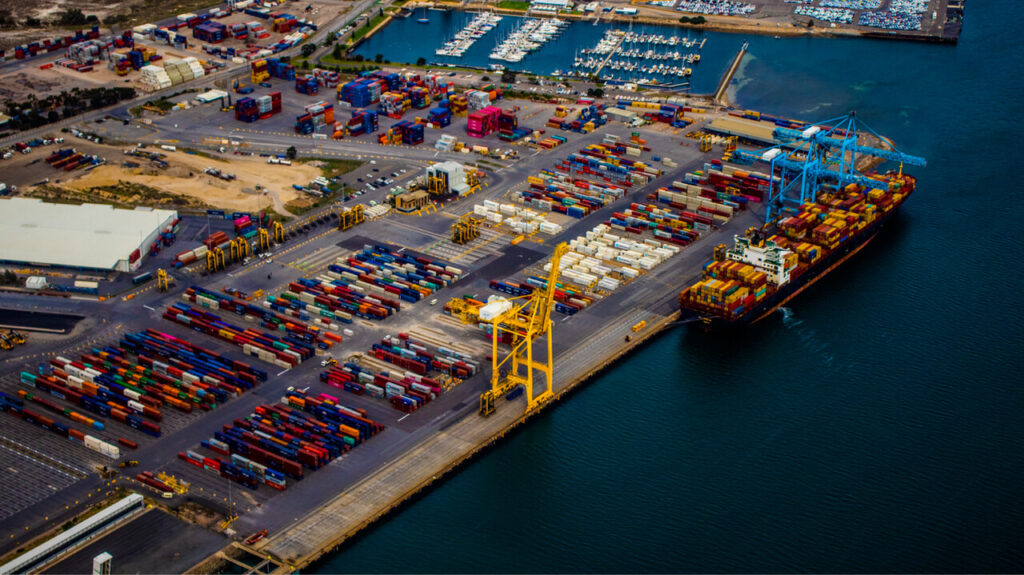via Zhihu.com

While the world economy took a big hit in 2020, the Chinese market quickly recovered and grew. 2020 saw the Chinese economy decline by 6.8% in the first quarter, turn from negative to positive growth of 3.2% in the second quarter, grow by 4.9% in the third quarter and 6.5% in the fourth quarter. The Financial Times analyzed that swift and effective preventive and control measures helped China to contain the epidemic, making it the only major economy to achieve positive growth in 2020.
For companies and brands in many other countries, however, it’s a different story. “Chinese consumers stay home as world retailers take a hit,” Bloomberg News recently reported, adding that Chinese tourists are declining at cosmetics stores in Seoul, glitzy department stores in Tokyo’s Ginza and luxury stores in Paris. For many brands around the world, Chinese consumers were once the mainstay of their offline spending, and the epidemic is having a substantial negative impact, with their profits plummeting, the report said. However, for some overseas brands that actively explored online channels, exporting to Chinese online market has become their pathway to expand sales when offline channels are blocked.
Entering China, an old but still powerful market, seems to have revitalized many overseas companies and brands.

Data shows that in February this year, Chinese consumers on Tmall International purchased imported goods with a year-on-year growth of over 52%. “In the past three months, more than 200,000 new products have come online on Tmall International, and the speed of overseas brands opening stores has risen 327% year-on-year,” said Dong Zhenzhen, general manager of Tmall International’s Global Merchandising and Key Account Department.
Under the impact of the epidemic, the traditional business model and the novel economic landscape have collided in an interesting way.
Total global foreign direct investment (FDI) fell sharply in 2020 when China’s FDI bucked the trend and China has become the world’s largest foreign investment inflow country, according to a report by the United Nations Conference on Trade and Development. China’s continued attractiveness to foreign investment is due to the country’s lead in restoring economic growth and the government’s effective investment facilitation measures, said Zhan Xiaoning, director of UNCTAD’s Division on Investment and Enterprise.
The data released by Eurostat in February showed that trade in goods between the EU-27 and China grew in both directions in 2020 against the backdrop of the epidemic, with China replacing the United States as the EU’s largest trading partner for the first time. Claudia Vernotti, co-founder and director of the Central European Digital Association, said strong demand from Asian countries, led by China, provides a safety net for European exporters at a time when the global economy continues to shrink.
A new landscape is emerging in this world, and the Chinese market is gaining momentum.
Source:
http://www.gov.cn/xinwen/2021-03/03/content_5589999.html
https://new.qq.com/omn/20200303/20200303A0GC8W00.html
